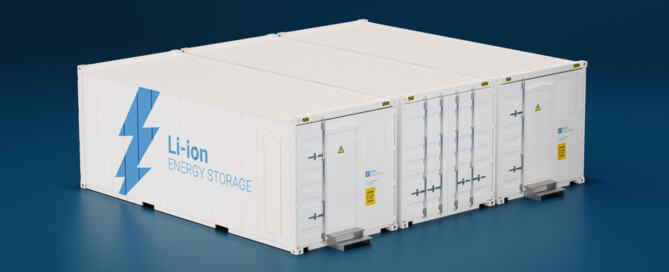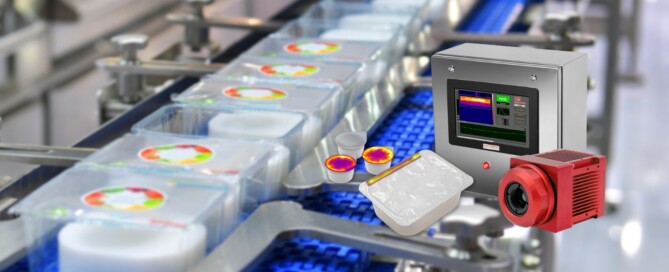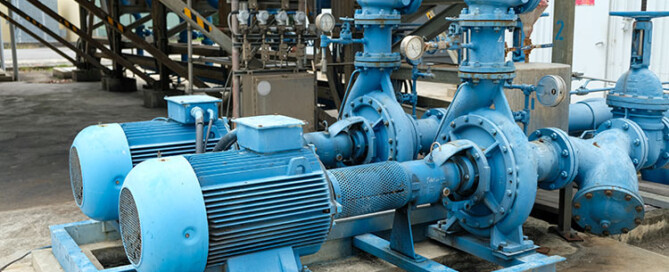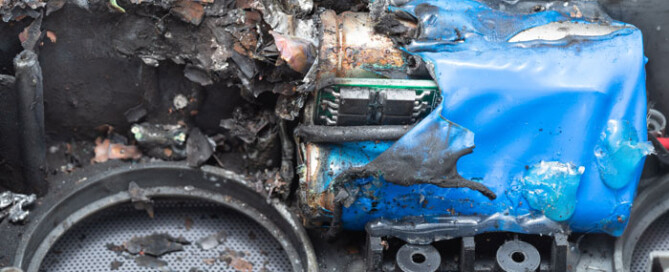Improve Packaging Line Efficiency with Thermal Imaging
Improve Packaging Line Efficiency Using Thermal Inspection Using Thermal Imaging to Improve Packaging Line Efficiency Improving packaging line efficiency is essential for businesses that want to stay competitive and profitable. A more efficient packaging line can lead to reduced costs, improved productivity, and increased customer satisfaction. Adding an inspection system to your line is [...]


















